Construction has begun on a light rail on a floating bridge in Seattle, Washington.
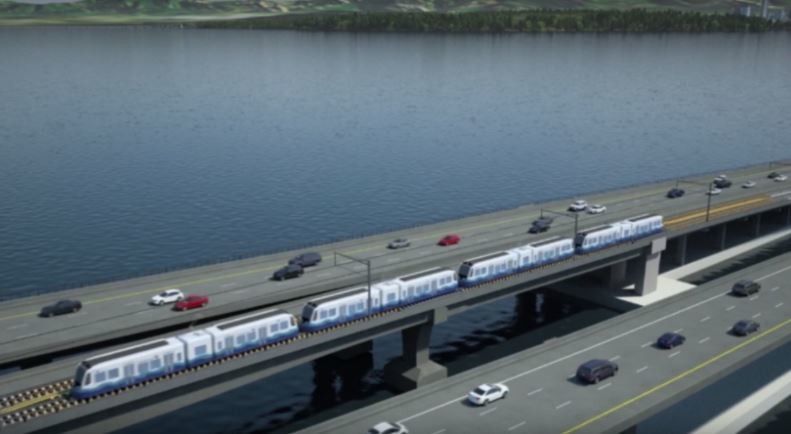

While accidents have happened, one of the most appealing things about autonomous vehicles is their capacity to make our roads a safer place. Now, insurance companies are starting to offer financial incentives to promote adoption.
Britain’s largest automobile insurance company, Direct Line, has announced a 5 percent discount for customers who activate Autopilot functionality in their Tesla. It follows in the footsteps of Root, a startup that offers a similar promotion across nine states in the US.

Google’s AutoML project, designed to make AI build other AIs, has now developed a computer vision system that vastly outperforms state-of-the-art-models. The project could improve how autonomous vehicles and next-generation AI robots “see.”
In May 2017, researchers at Google Brain announced the creation of AutoML, an artificial intelligence (AI) that’s capable of generating its own AIs. More recently, they decided to present AutoML with its biggest challenge to date, and the AI that can build AI created a “child” that outperformed all of its human-made counterparts.
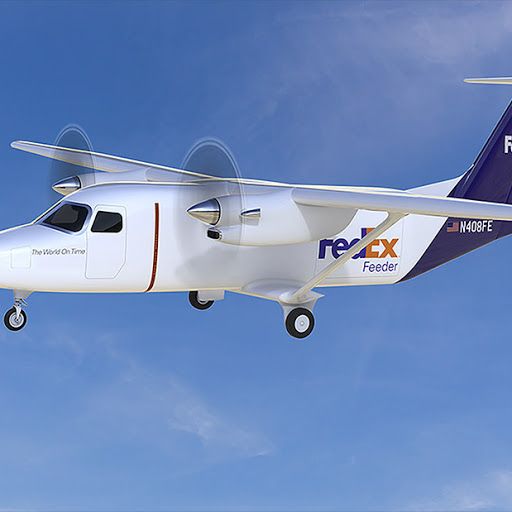
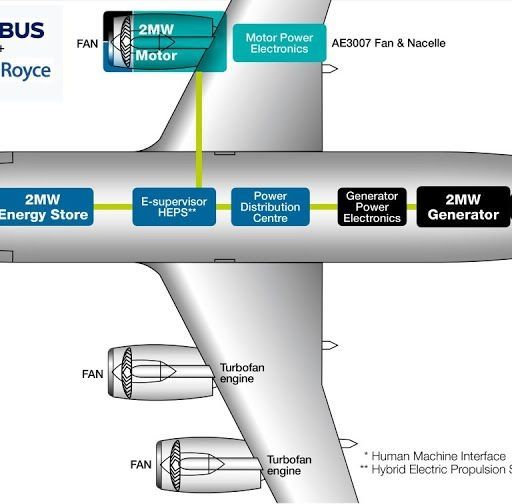
Battery technology improvements are expected to soon enable electric flight and companies in the field are preparing their powertrain technology to support it. In a major move toward that goal, Airbus, Rolls-Royce and Siemens have announced a new partnership to gradually convert a plane to electric propulsion. The project they are collaborating on is the ‘E-Fan X’, a BAe 146 plane on which they are testing their electric motor technology. During ground tests, they already replaced one of the four gas turbines by a two-megawatt electric motor. Paul Eremenko, Airbus’s CTO, commented on the pr…

This one and one in iceland! wow!
Volcanic eruptions on the Indonesian resort island of Bali have prompted officials to cancel flights and move about 24,000 residents out of the way as a thick ash cloud from Mount Agung, thousands of meters high, drifts east and southeast along the archipelago.
Residents were evacuated from 224 points around the island while Lombok International Airport on Pulau Lombok, the island due east of Bali, has closed temporarily, said Ari Ahsan, spokesman for Ngurah Rai International Airport in Bali.
At Ngurah Rai, Bali’s main airport, flight cancellations stranded roughly 7,000 domestic and international passengers, according to the airport’s latest report.
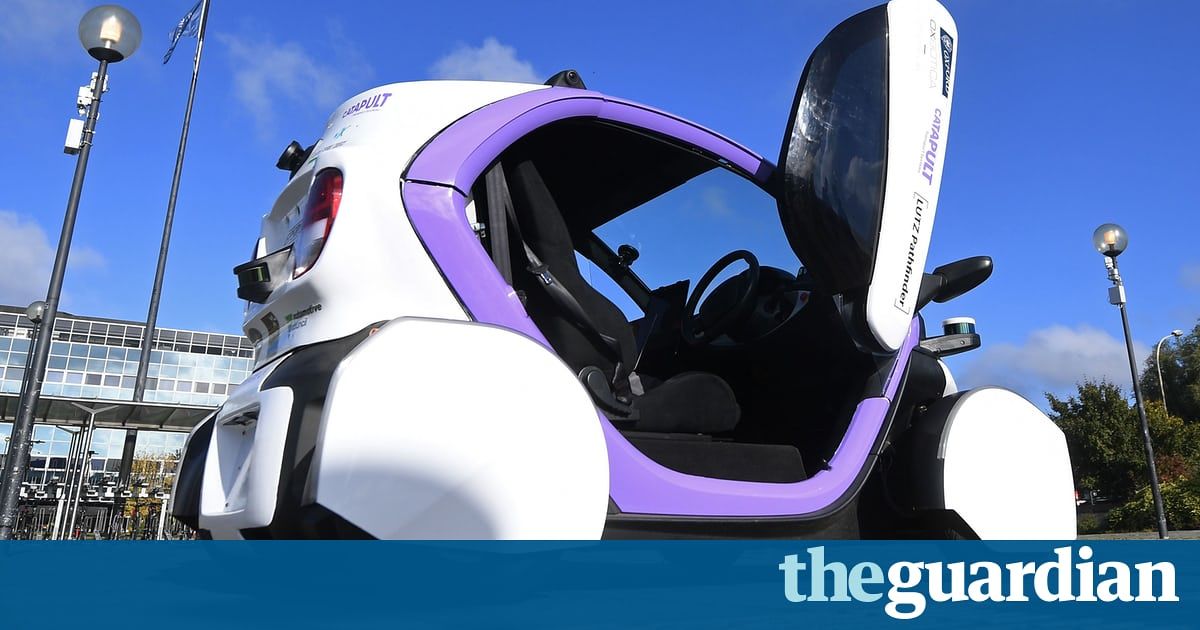
Government of England pledges to roll out Level 5 Self Driving cars by 2021. And, they estimate 1 million people being left unemployed. Gives an idea of what will happen with automation of the Transportation Industry in the US.
UK chancellor says driverless vehicles will revolutionise people’s lives but says for some it will be ‘very challenging’.
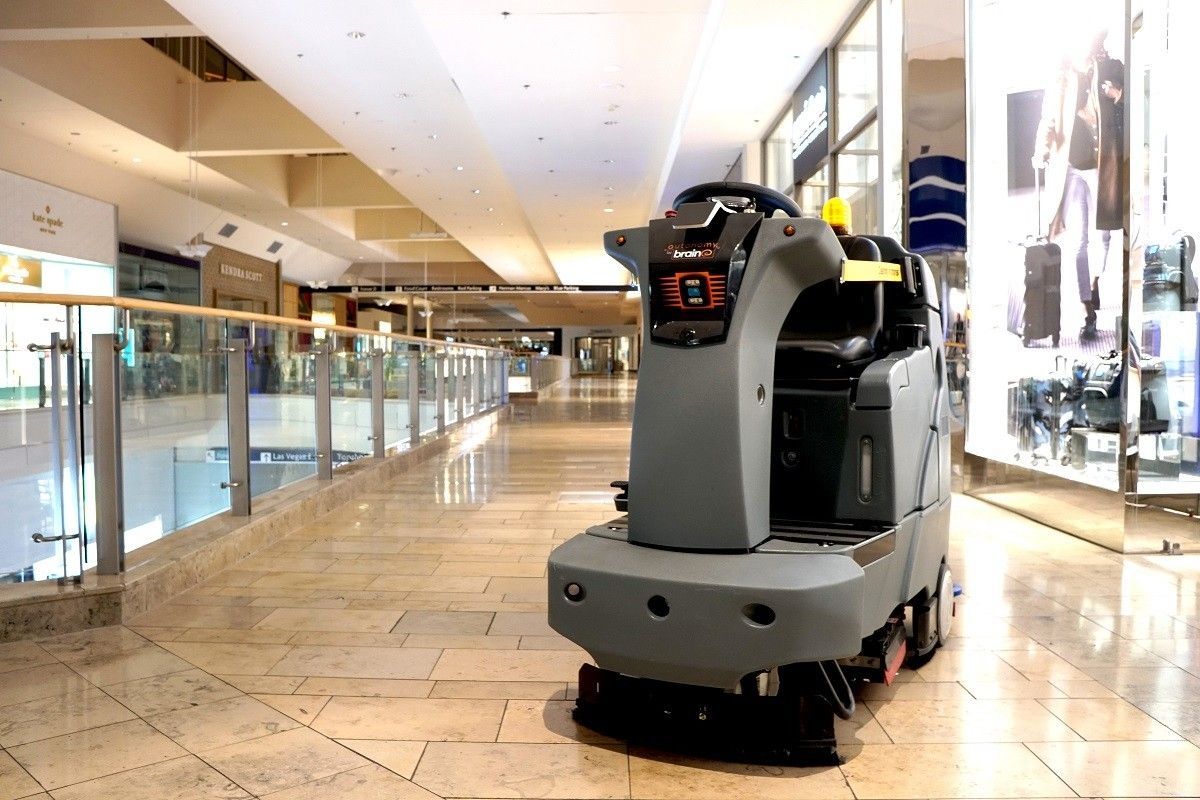
Planning to try and automate the entire store.
Walmart (WMT) has been quietly testing out autonomous floor scrubbers during the overnight shifts in five store locations near the company’s headquarters in Bentonville, Arkansas.
Continue Reading Below
A spokesperson for Walmart told FOX Business that the move, which was first reported by LinkedIn, is a “very small proof of concept pilot that we are running” and that the company still has a lot more to learn about how this technology “might work best in our different retail locations.”
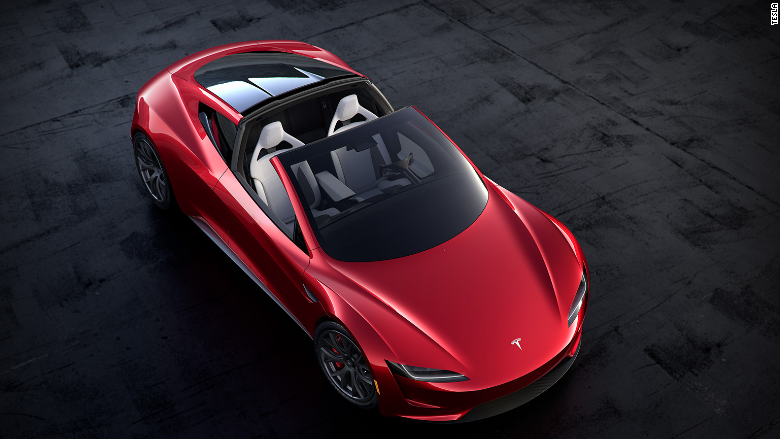
“Musk seems to be talking about something different, a sports car that could “hop” over obstacles. The emphasis would, presumably, still be on performance and practicality with four wheels on the ground.”